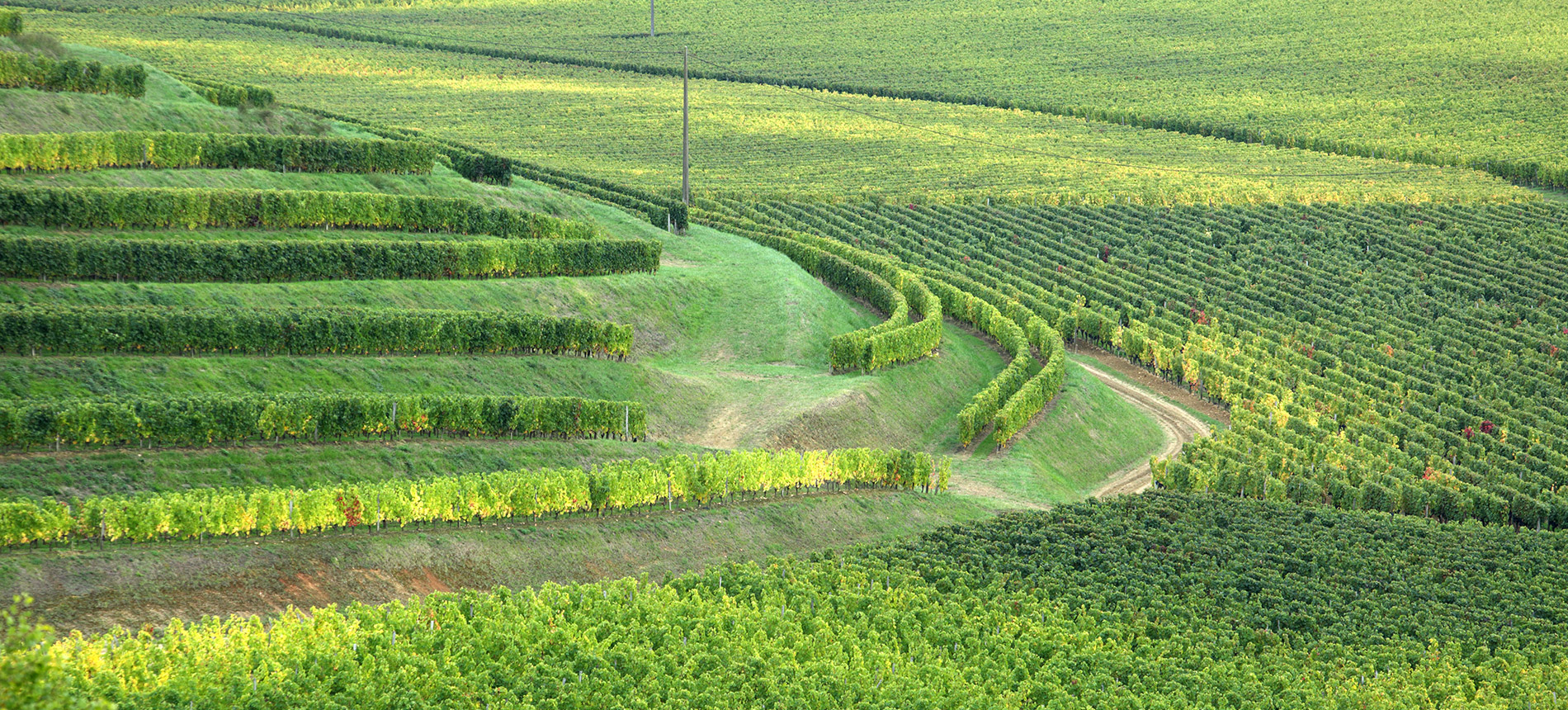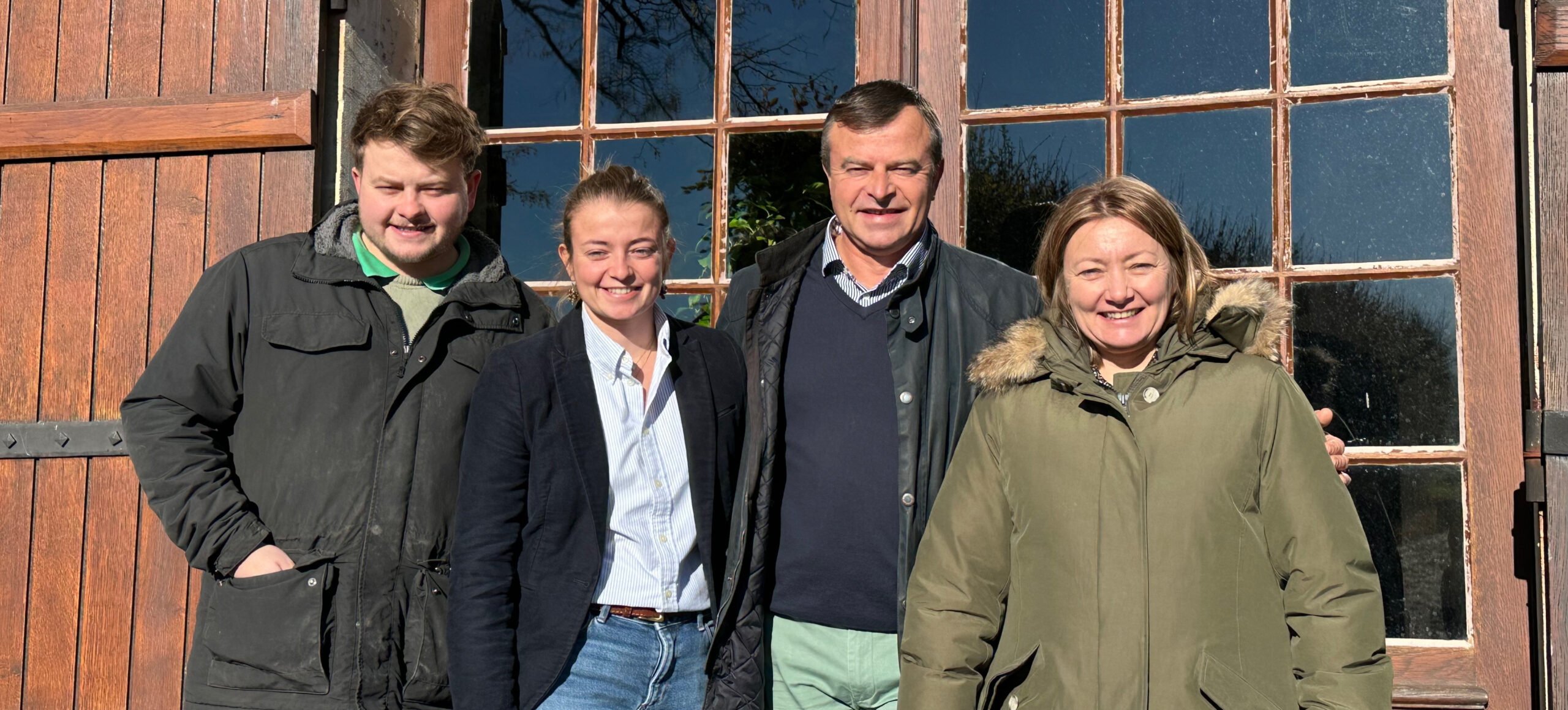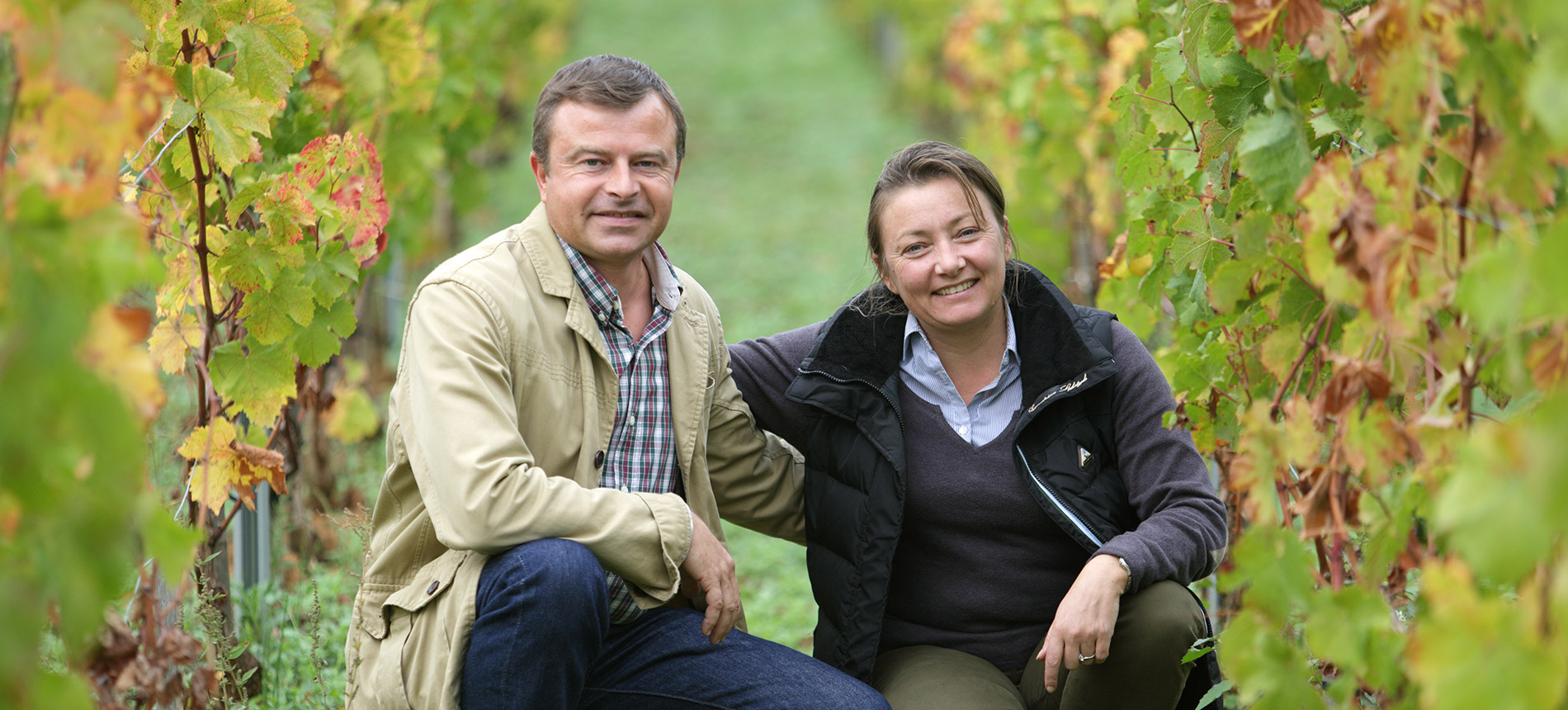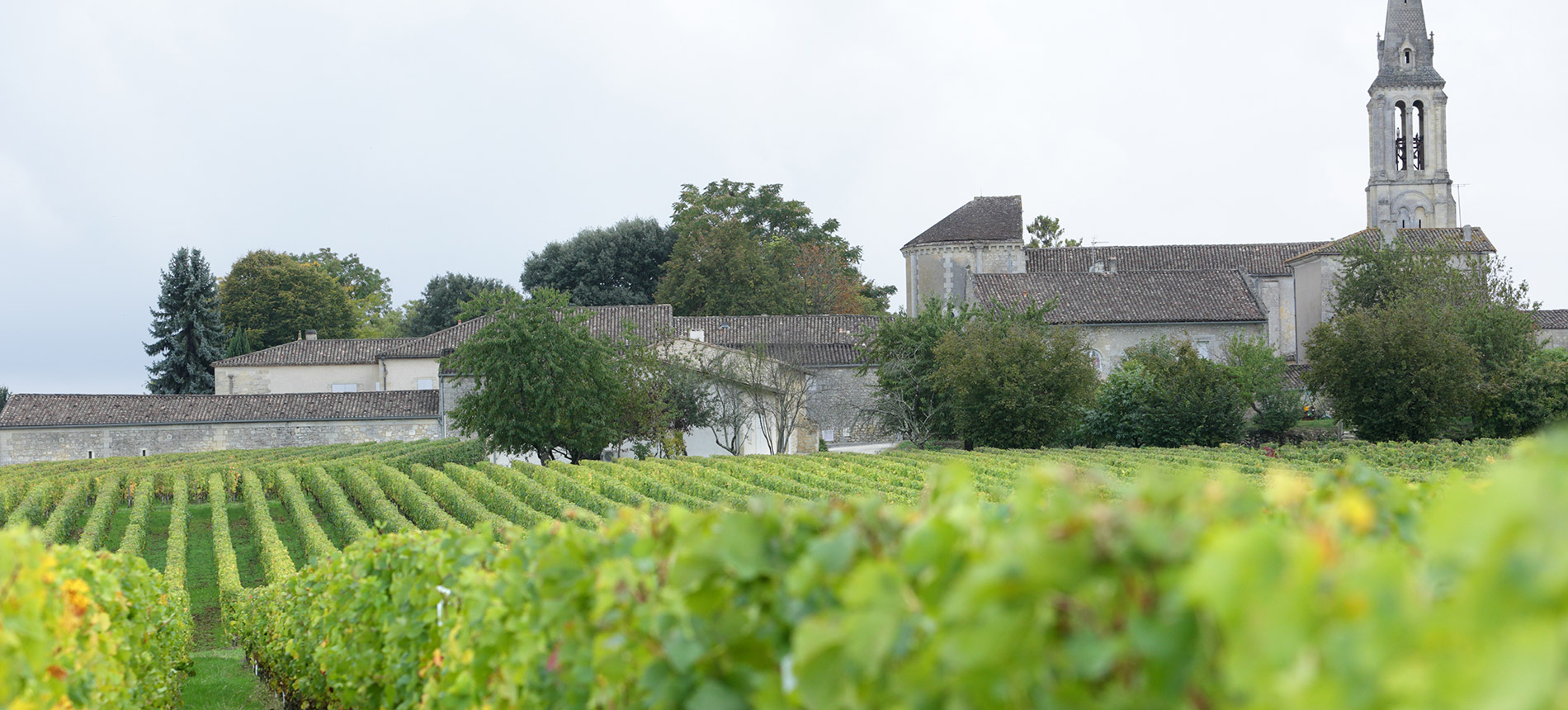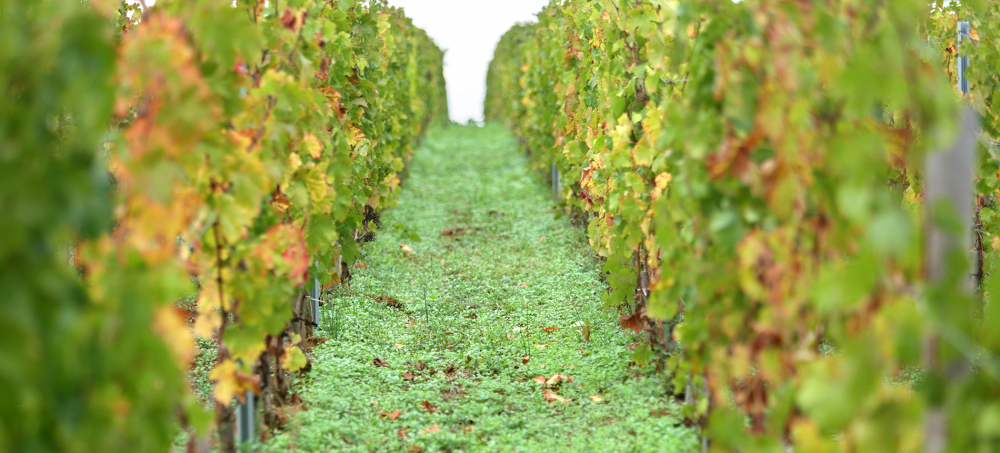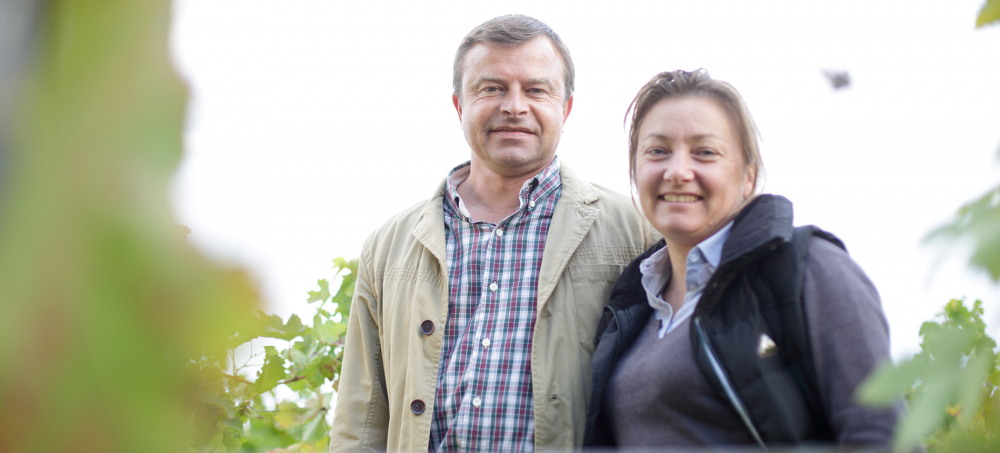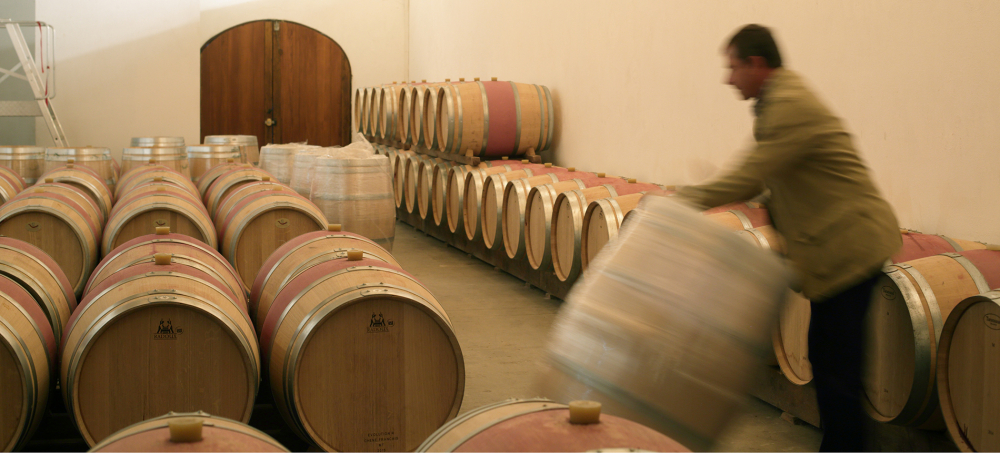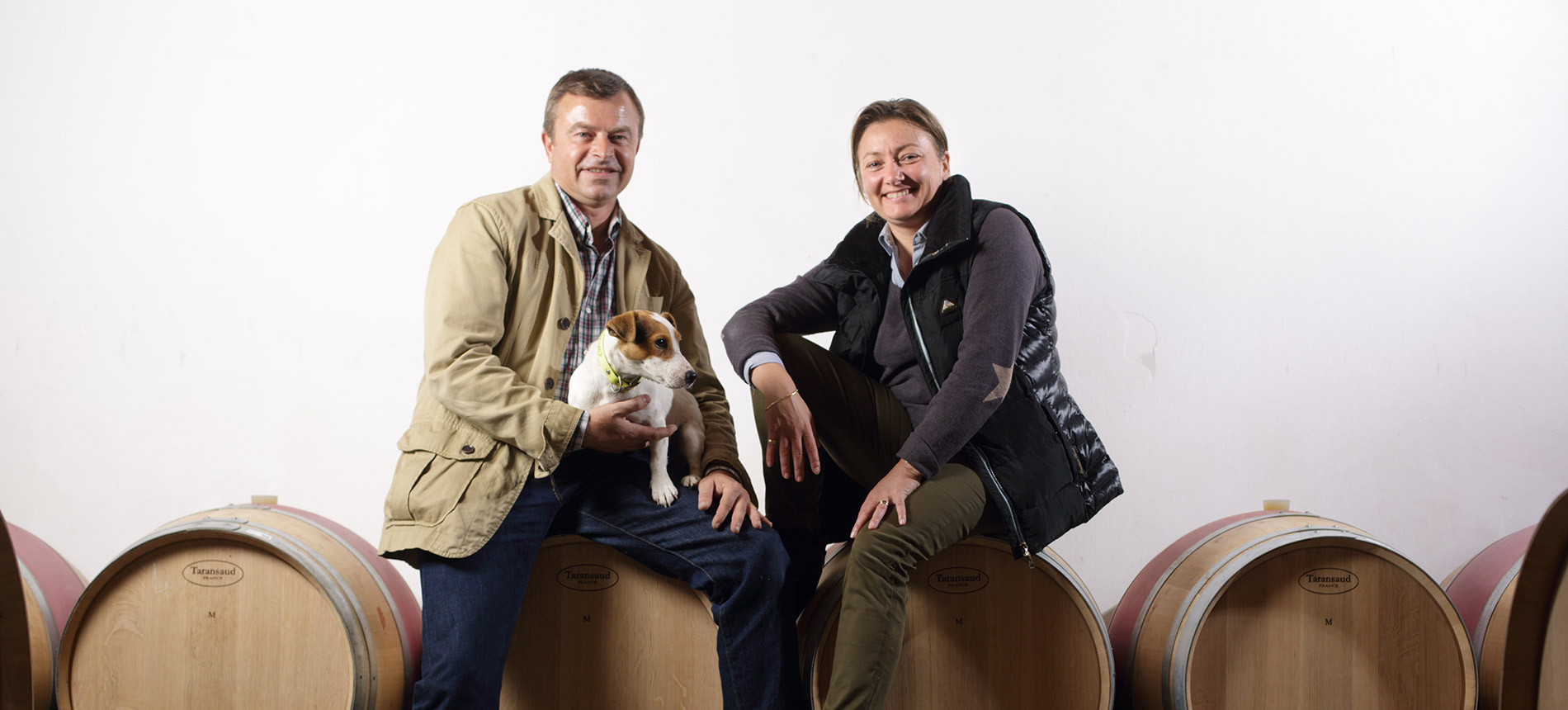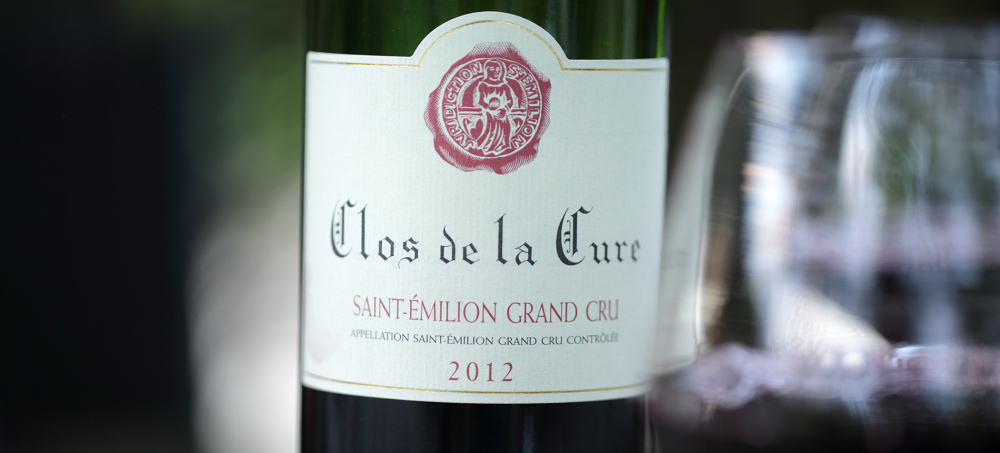The historic Clos de la Cure is thought to have first been cultivated to vine as early as the Middle Ages. The limestone plateau overlooking the Saint-Emilion appellation is a serene setting and the source of a truly pedigreed Saint-Emilion Grand Cru. When asked if they would ever consider trying to elevate to classé status, Pierre and Alexia Bouyer humbly explain that they aren't interested in dedicating time or money to hospitality and tourism, which is a major factor in climbing the classification ladder. They would rather commit their attention and dollars to the vineyards and winery. And thank goodness, because the wines continue to impress and represent excellent values in Saint-Emilion Grand Cru.
Clos de la Cure and its sister property of Château Milon represent eight generations of viticultural heritage with the addition of Louis Bouyer who joined the domaine in 2024. Louis worked at several wineries in France and also in South Africa which has given him a more global perspective on making wine in Bordeaux.
With the purchase of 4.5 additional hectares in 2008, situated on superb gravel terroir, the estate increased to 18 hectares, averaging 30 years of vine age. A portion of the Clos de la Cure vines are situated on the Saint Christophe des Bardes plateau and the rest lie on the plateau of Saint Etienne de Lisse. The vineyards share the same soil composition as Château Cheval Blanc – gravel and clay with iron-rich deposits and limestone bedrock – and they are densely planted at 6600-9000 vines per hectare. The Bouyer family farms ecologically with great respect for the Grand Cru terroir. For this commitment, the estate has earned the demanding Haute Valeur Environnementale certification, one of the first in Saint Emilion to do so.
All fruit is harvested by hand and handled gently in the winery. The majority of the final wine comes from free run juice, which is vinified in concrete tank with punch downs and 3-4 weeks of post-fermentation maceration before being transferred to barrel for aging. The wines age for 12-15 months in French oak barrels, 40-50% of which are new, though the winery has been moving more and more to larger format barrels, 500 and 600-liter demi-muids as well as 1500-liter foudres. The resulting wines are not marked less by the wood and more by the fullness of Merlot with its intense red fruit character underpinned by delicate tannins and an ethereal persistence on the palate. Clos de la Cure easily offers 10-15 years of delicious drinking.
